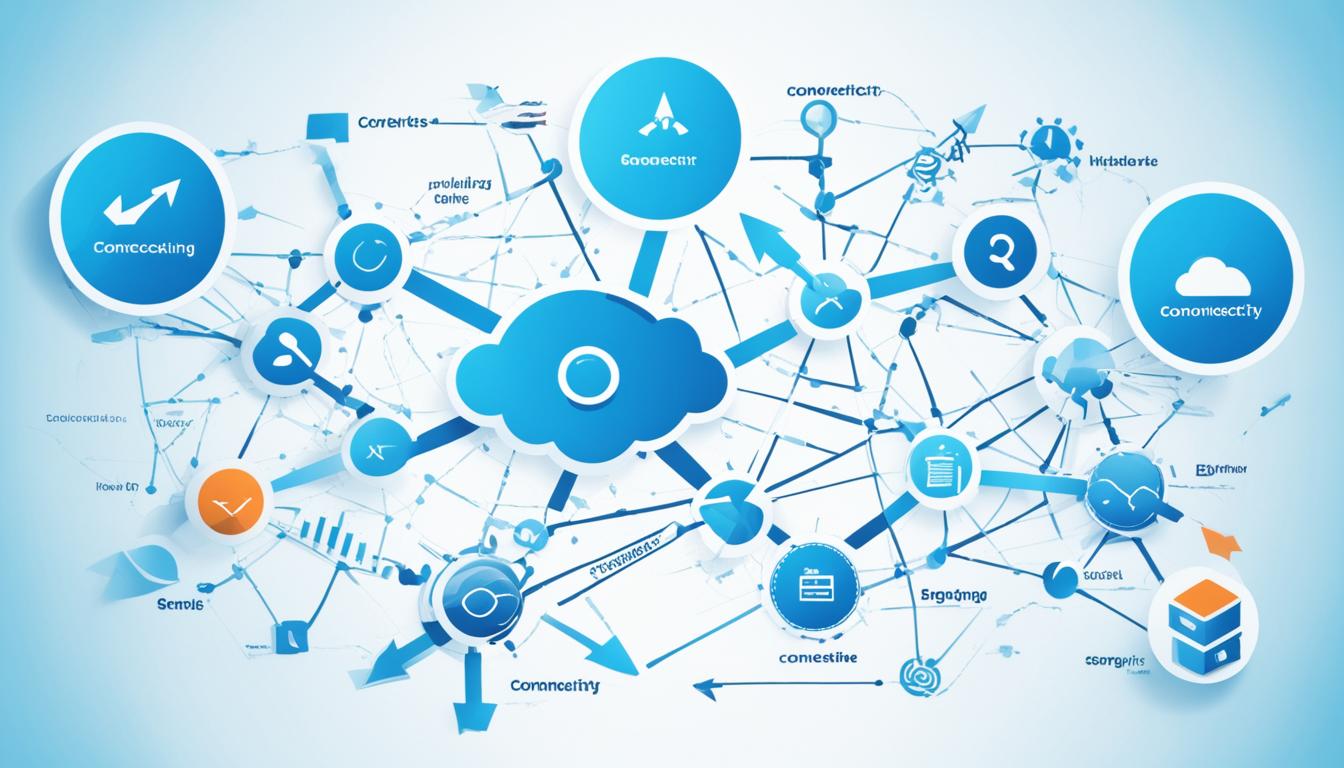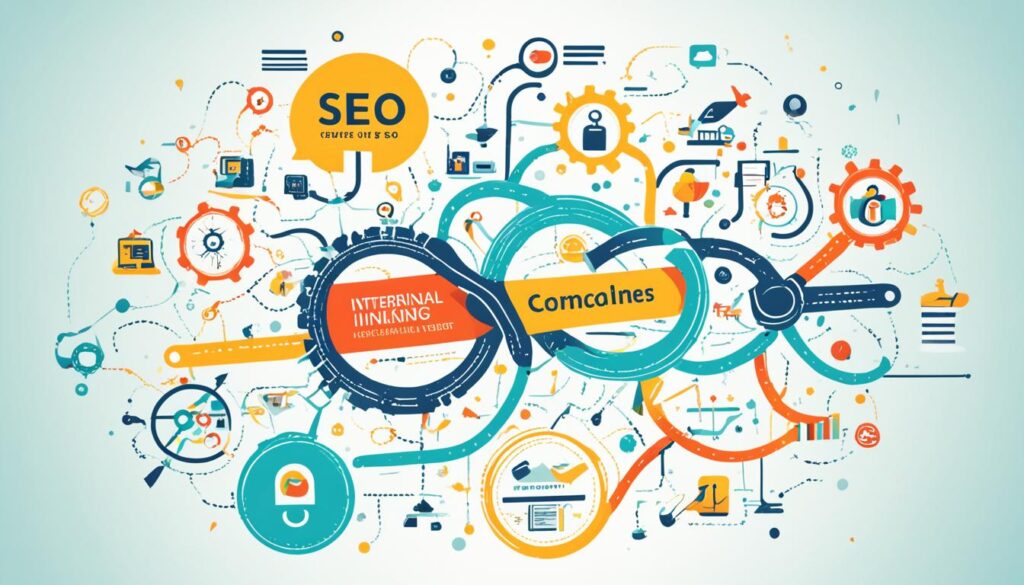
Internal linking is a crucial aspect of SEO that involves linking different pages and content within a website. By strategically implementing internal linking structures, you can enhance your website's search engine optimization and improve its visibility in search engine rankings.
The Importance of Internal Linking for SEO
Internal linking plays a vital role in SEO for several reasons. Firstly, it helps search engines discover and index your web pages more efficiently, ensuring that all your content is crawled and included in search results. Additionally, internal links provide context and relevance to search engines, helping them understand the hierarchy and relationship between different pages on your website. This can lead to improved rankings for targeted keywords and better overall visibility in search results. Furthermore, internal linking helps distribute authority and link equity throughout your website, allowing important pages to receive more link juice and boosting their SEO value.
Effective Strategies for Optimizing Internal Linking Structures
To optimize your internal linking structures and improve your website's SEO, consider implementing the following strategies:
- Use descriptive anchor text: When creating internal links, use relevant and descriptive anchor text that accurately represents the content it is linking to. This helps search engines understand the context and relevance of the linked page.
- Utilize a hierarchical structure: Organize your website's content in a hierarchical manner, with important pages higher up in the structure. This allows link equity to flow more effectively and helps search engines understand the importance of each page.
- Link to relevant pages: Ensure that your internal links point to relevant and related pages within your website. This helps search engines identify the thematic relationships between different pages and improves overall user experience.
- Optimize your site's sitemap: A well-structured sitemap can significantly enhance your internal linking efforts. Ensure that your sitemap is up-to-date, includes all relevant pages, and effectively communicates the hierarchy of your website.
- Regularly audit and update internal links: Over time, your website's content and structure may change. It is important to regularly audit and update your internal links to ensure they remain accurate, relevant, and functional.
Key Takeaways:
- Internal linking is a critical aspect of SEO that enhances website visibility in search engine rankings.
- Internal links help search engines discover and index web pages, while also providing context and relevance.
- Optimizing internal linking structures involves using descriptive anchor text, utilizing a hierarchical structure, linking to relevant pages, optimizing your site's sitemap, and regularly auditing and updating internal links.
The Importance of Internal Linking for SEO
Internal linking is a fundamental aspect of search engine optimization (SEO) that should not be overlooked. By strategically incorporating internal links within your website, you can unlock a plethora of SEO benefits and improve your search engine rankings.
One of the primary reasons internal linking is important for SEO is its ability to help search engines discover and index your web pages. When you interconnect different pages and content within your website, search engine bots can navigate through your site more effectively, ensuring all your valuable content gets crawled and included in search results.
Furthermore, internal links provide crucial context and relevance to search engines. By linking relevant pages together, you are effectively signaling to search engines the hierarchy and relationship between different sections of your website. This enables search engines to better understand the structure of your website and the importance of each page, leading to improved rankings for targeted keywords and enhanced visibility in search results.
Another significant benefit of internal linking is its ability to distribute authority and link equity throughout your website. When you link to important pages from other pages that already have high authority or receive a substantial number of external backlinks, you are effectively transferring some of that authority and link equity to the linked page. This helps boost the SEO value of important pages, improving their chances of ranking higher in search engine results pages (SERPs).
By optimizing your internal linking structures, you can maximize the impact on your website's SEO. Consider using descriptive anchor text that includes relevant keywords to provide additional context to search engines. Additionally, ensure that your internal links are easily accessible and user-friendly, allowing visitors to navigate your website seamlessly. By following these best practices, you can harness the full SEO potential of internal linking and improve your website's search engine optimization.
Take a look at the table below for a summary of the key advantages of internal linking for SEO:
| Advantages of Internal Linking for SEO |
|---|
| Facilitates the discovery and indexing of web pages |
| Provides context and relevance to search engines |
| Improves rankings for targeted keywords |
| Enhances overall visibility in search results |
| Distributes authority and link equity throughout the website |

Effective Strategies for Optimizing Internal Linking Structures
In order to optimize internal linking structures and improve your website's SEO, there are several effective strategies to consider. By implementing these strategies, you can enhance your website's visibility, increase organic traffic, and boost your search engine rankings.
Firstly, it is essential to optimize the anchor text of your internal links. Instead of using generic terms like "click here" or "read more," use relevant keywords that accurately describe the content of the linked page. This not only helps search engines understand the context of the linked page but also improves keyword relevance and SEO value.
Secondly, strategically link important pages within your website's architecture. Identify high-value pages that you want to rank higher in search results and include internal links from other relevant pages to these target pages. This strategic linking helps search engines recognize the importance of these pages and can lead to improved rankings for your desired keywords.
Furthermore, conduct regular audits of your internal linking structures to identify any broken or missing links. Broken links can negatively impact user experience and hinder search engine crawlers from indexing your pages effectively. By fixing broken links and ensuring a smooth internal linking structure, you enhance user experience, improve website SEO, and signal to search engines that your website is well-organized and reliable.
FAQ
What is internal linking?
Internal linking refers to the practice of linking different pages and content within a website. It is a crucial aspect of SEO that helps improve search engine optimization and visibility in search engine rankings.
Why is internal linking important for SEO?
Internal linking plays a vital role in SEO for several reasons. It helps search engines discover and index web pages efficiently, provides context and relevance to search engines, improves rankings for targeted keywords, and distributes authority and link equity throughout the website.
How can I optimize my internal linking structures for SEO?
To optimize internal linking structures and improve website SEO, consider implementing strategies such as strategic linking, anchor text optimization, and ensuring a clear hierarchy and relationship between different pages on your website.











